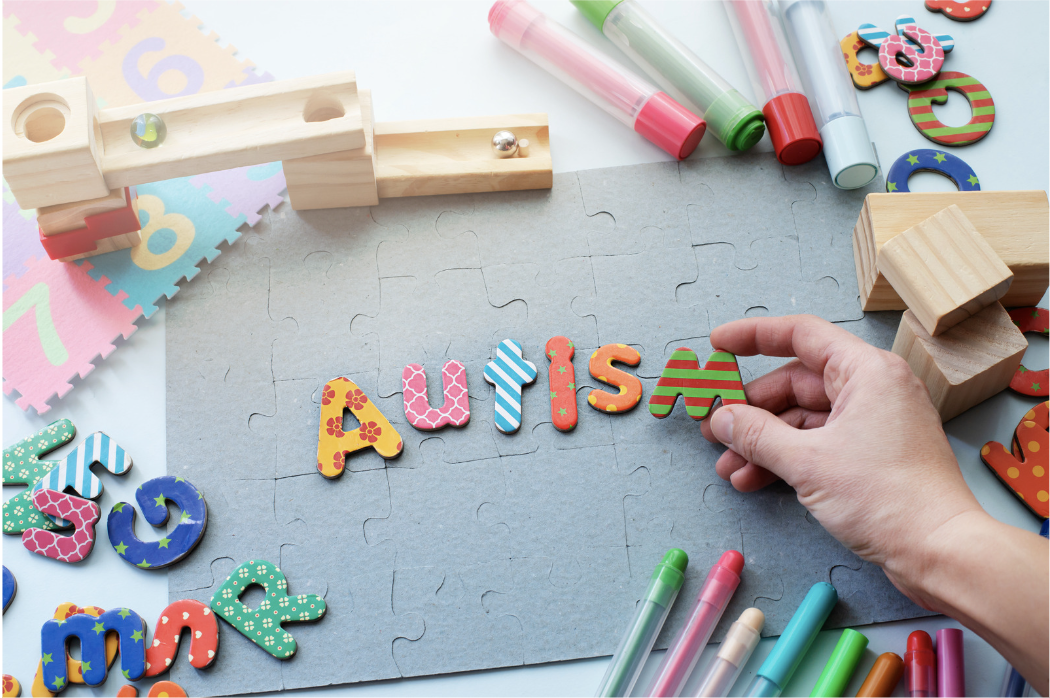
Autism Spectrum Disorder (ASD) is a neurodevelopmental condition that affects individuals' social interaction, communication, behavior, and interests. While every person with autism is unique, there are certain early signs and behaviors that can provide clues to its presence. Early detection and intervention are crucial for helping individuals with autism reach their full potential. In this article, we will explore some of the early autism signs that caregivers, parents, and educators should be aware of.

1. Communication Challenges
One of the earliest indicators of autism is communication challenges. Infants and toddlers might show limited interest in interacting with others, avoid eye contact, and display delayed or atypical language development. Some children might not babble or make meaningful gestures like pointing or waving. A child who does not respond when their name is called or doesn't engage in back-and-forth interactions might be showing signs of ASD.

2. Social Interaction Differences
Difficulty in social interactions is a hallmark of autism. Children with autism might struggle to engage in pretend play, share interests with others, or understand and respond to social cues. They might prefer to play alone rather than with peers, and their facial expressions and body language might not align with the situation. Difficulty reading and responding to emotions in others can also be a sign of autism.

3. Repetitive Behaviors
Repetitive behaviors are another common sign of autism. These behaviors can include repetitive body movements like hand-flapping, rocking back and forth, or spinning in circles. Individuals might also become intensely focused on specific interests and engage in rigid routines that are resistant to change. While many children have certain preferences and routines, those with autism often display these behaviors to an extreme degree.

4. Sensory Sensitivities
Sensory sensitivities are frequently observed in individuals with autism. They might have heightened or reduced sensitivity to sensory stimuli like lights, sounds, textures, or smells. For example, a child might cover their ears when exposed to loud noises or become distressed by certain textures of clothing. These sensitivities can impact their daily life and contribute to their reactions and behaviors.

5. Delayed Developmental Milestones
Children with autism might experience delays in reaching developmental milestones, such as walking, talking, and toilet training. These delays might be evident in comparison to their same-age peers. It's important to note that developmental delays alone do not necessarily indicate autism, but when combined with other signs, they could raise concerns.
Conclusion
Recognizing the early signs of autism is essential for early intervention and support. If you notice any of these signs in a child, it's important to consult with a healthcare professional or developmental specialist. Remember that autism is a spectrum, and each individual's experience is unique. Early diagnosis and appropriate interventions can make a significant difference in the lives of individuals with autism, helping them develop crucial skills and lead fulfilling lives. By understanding and being aware of these early signs, we can work together to create a more inclusive and supportive environment for everyone.



